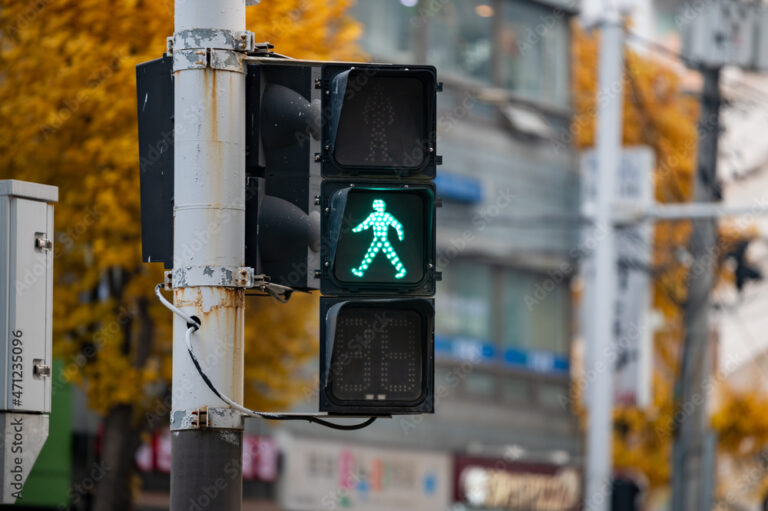Researchers from North Carolina State University have suggested that adding a fourth light to traffic signals could shorten wait times for pedestrians as well as improving traffic flow for both autonomous vehicles and human drivers.
Previous research from NC State University introduced the idea of a fourth traffic signal called a ‘white phase’, which would make use of AVs’ ability to communicate wirelessly with both each other and the computers that control the traffic signals. The research has now expanded its computational modeling to account for foot traffic and the results are “extremely promising” for both pedestrians and vehicles, said Ali Hajbabaie, an associate professor of civil, construction and environmental engineering at NC State.
“We found that, when pedestrians are added into the mix, the white phase concept still improves traffic efficiency for everyone,” explained Hajbabaie. “The higher the percentage of traffic that is made up of AVs, the more efficiently traffic moves through intersections. To be clear, this improves travel time, fuel efficiency and safety for all of the cars on the road – not just AVs.”
To account for pedestrian traffic, the researchers incorporated a suite of new parameters into the optimization model that assessed the impact foot traffic would have on all traffic through an intersection. Currently the researchers are setting up a physical testbed designed to evaluate the concept in the physical world – not just in a computer model.
“The vehicles we are using in the testbed are small enough to hold in your hands. This will help us identify challenges in implementation without the expense and safety risk involved with using full-scale vehicles,” Hajbabaie added. “In the meantime, we are open to working with industry and research partners to explore ways to move forward with these technologies.”
The paper is published in Computer-Aided Civil and Infrastructure Engineering and was authored by Ramin Niroumand, a former PhD student at NC State; Leila Hajibabai, an assistant professor in NC State’s Edward P. Fitts Department of Industrial and Systems Engineering; and Ali Hajbabaie.


